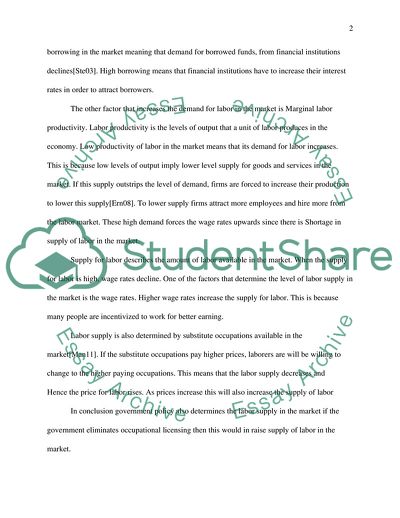Labor & Production Essay Example | Topics and Well Written Essays - 500 words. https://studentshare.org/macro-microeconomics/1762052-bam223economics-chapter18question3part1
Labor & Production Essay Example | Topics and Well Written Essays - 500 Words. https://studentshare.org/macro-microeconomics/1762052-bam223economics-chapter18question3part1.


